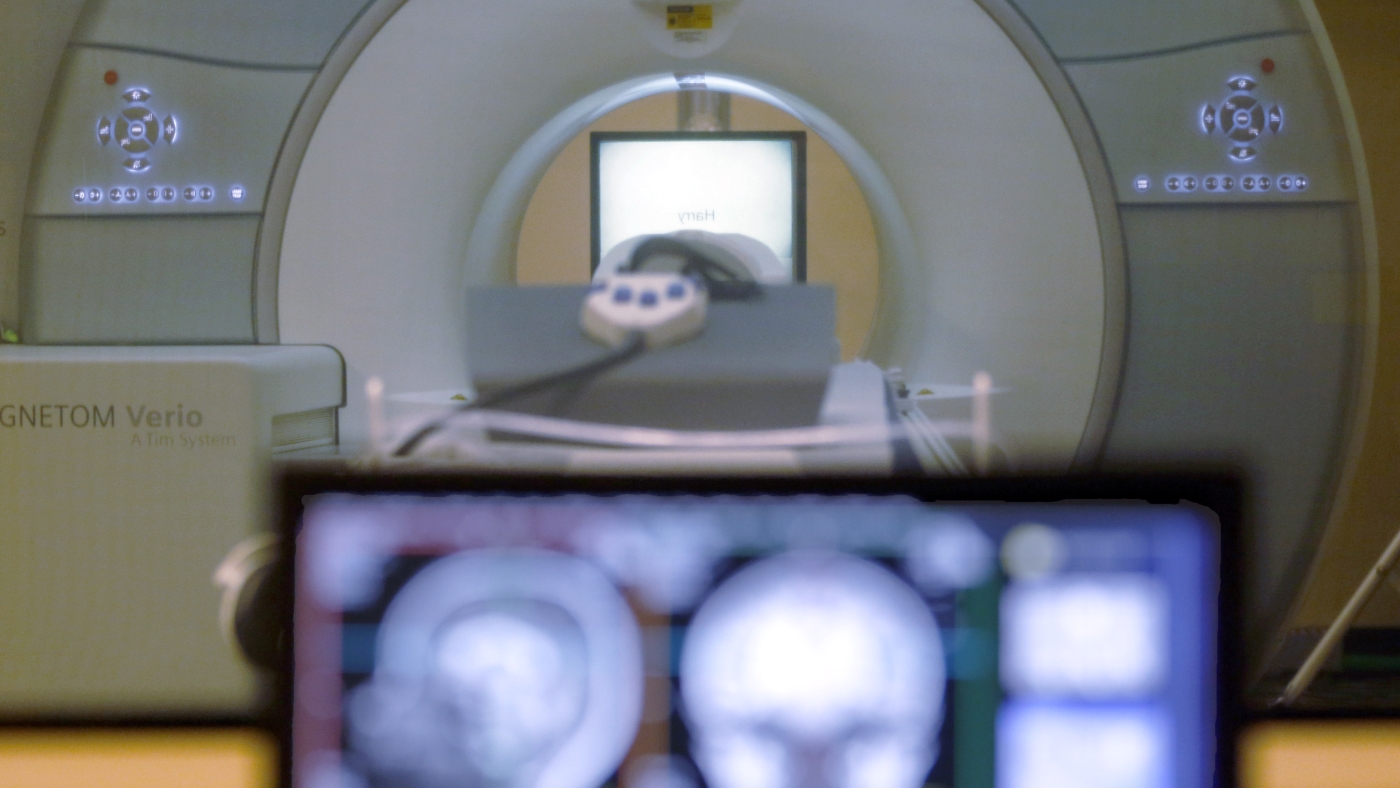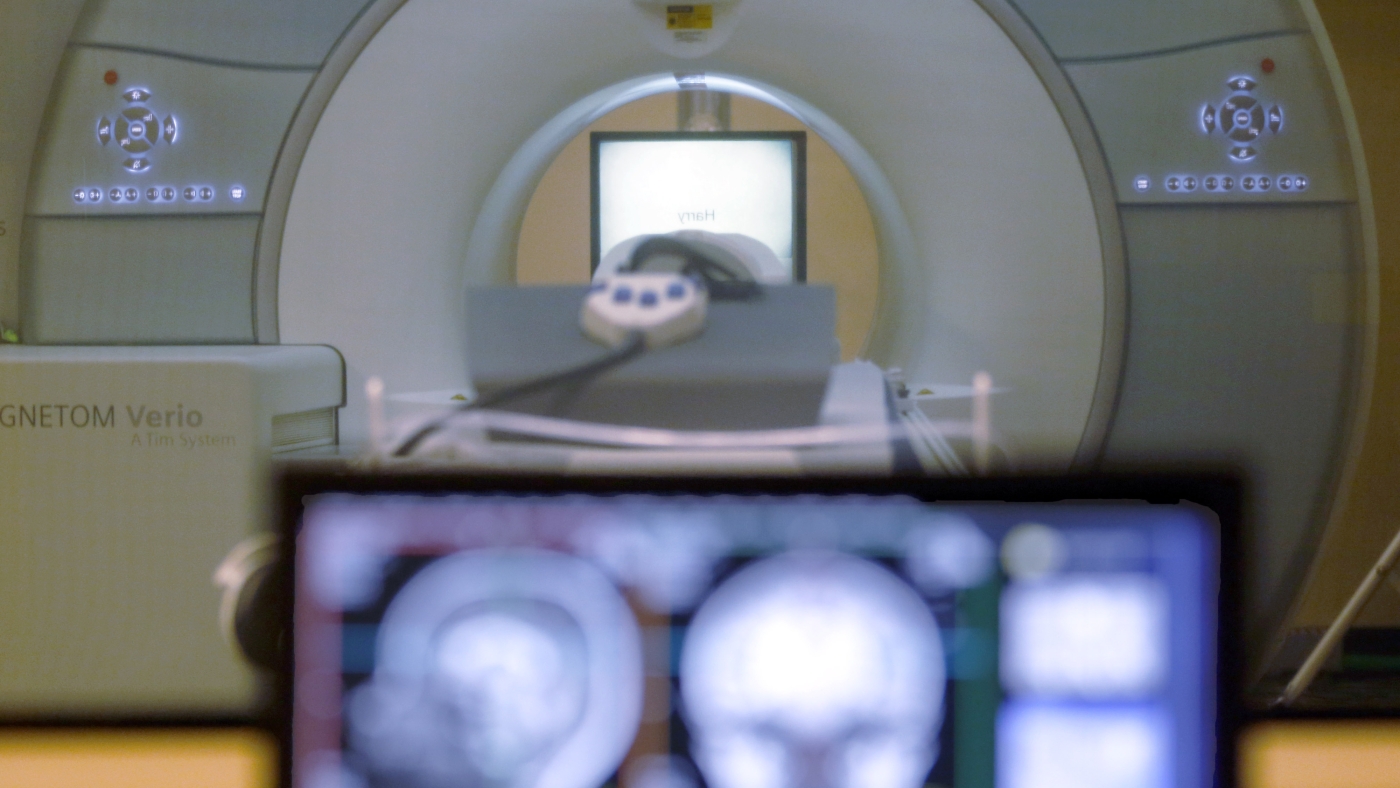The Preventable Tragedy of MRI Machine Fatalities: A Call for Enhanced Safety Measures
Introduction: A Tragic Reminder of MRI Dangers
The medical community was recently shaken by the tragic death of Keith McAllister, a 61-year-old man who lost his life in a preventable accident at Nassau Open MRI in Westbury, Long Island. This incident serves as a stark reminder of the invisible dangers posed by the powerful magnetic fields of MRI machines and the critical importance of adhering to strict safety protocols. McAllister’s death, caused by a metal chain being violently pulled into an active MRI machine, highlights the need for rigorous safety measures and heightened awareness among both medical professionals and the public.
The Incident: A Chain Reaction of Errors
The sequence of events leading to McAllister’s death was a series of unfortunate decisions and potential lapses in safety procedures. According to reports, McAllister entered the MRI suite while his relative was undergoing a scan, despite instructions to stay out of the room. Tragically, he was wearing a large metallic chain around his neck, which the MRI machine’s powerful magnetic field immediately seized. The force was so immense that it caused critical injuries, ultimately leading to his death the following day.
Investigations suggest no criminal intent, but rather a series of missteps that could have been prevented with proper safety protocols. This incident underscores the need for a comprehensive review of MRI safety procedures to prevent similar tragedies in the future.
Understanding the Unseen Force: The Power of MRI Magnetism
MRI machines are invaluable in modern medicine, providing detailed images of the human body without harmful radiation. However, their operation relies on incredibly powerful magnets, creating a static magnetic field that can be thousands of times stronger than the Earth’s magnetic field. This magnetic force is invisible and odorless, making it difficult for individuals to fully grasp its potential hazards.
The Invisible Threat
The magnetic field’s strength and reach are often underestimated. Even small metallic objects can become dangerous projectiles when drawn into the machine. Larger items, such as oxygen tanks or, in McAllister’s case, a metal chain, can be lethal when pulled into the machine with extreme force.
Ferromagnetic Attraction
Ferromagnetic materials, such as iron, nickel, and cobalt, are strongly attracted to magnetic fields. Any object containing these materials becomes a projectile within the MRI suite when the magnet is active. This includes common items like keys, scissors, and jewelry, as well as larger objects like medical equipment.
The Projectile Effect
The force exerted by the magnetic field can be so powerful that it can cause severe injuries or even death. In McAllister’s case, the metal chain was pulled into the machine with such force that it caused critical injuries. This incident highlights the need for strict safety protocols to prevent similar accidents.
A History of Warnings: Preventable Accidents in MRI Suites
While deaths directly caused by MRI accidents are rare, incidents involving metallic objects being pulled into the machine are not. These incidents highlight the ongoing need for rigorous safety protocols and increased awareness.
Common Injuries
Even if not fatal, MRI accidents can cause significant injuries, including lacerations, contusions, fractures, and even internal injuries from being crushed against the machine. These injuries can have long-lasting effects on patients and staff, emphasizing the need for strict safety measures.
Reported Incidents
The FDA and other regulatory agencies have documented numerous cases of patients and staff being injured by metallic objects in MRI suites. These reports emphasize the consistent risks associated with magnetic fields and the need for continuous vigilance.
Safety Failures: Where Did the System Break Down?
McAllister’s death raises serious questions about the safety protocols in place at Nassau Open MRI and adherence to these protocols. Several potential failures could have contributed to the tragic outcome.
Inadequate Screening
Was McAllister properly screened for metallic objects before entering the MRI suite? A thorough screening process should identify any potential hazards, including jewelry, clothing with metal fasteners, and implanted medical devices. Inadequate screening can lead to tragic consequences, as seen in McAllister’s case.
Lack of Training
Was McAllister given adequate warnings about the dangers of the MRI magnetic field? Visitors need to be informed about the risks and instructed to remove all metallic items before entering the room. Lack of training and awareness can lead to dangerous situations, as individuals may not fully understand the risks involved.
Unfettered Access
Why was McAllister able to enter the MRI suite while a scan was in progress? Access to the MRI room should be strictly controlled, with clear signage and physical barriers to prevent unauthorized entry. Unfettered access can lead to accidents, as individuals may enter the room without fully understanding the dangers.
Emergency Procedures
What emergency procedures were in place to quickly shut down the MRI machine in case of an incident? Rapid deactivation of the magnet can reduce the force of attraction and potentially mitigate injuries. Lack of emergency procedures can lead to severe consequences, as seen in McAllister’s case.
Deviation from Protocol
Reports indicate that McAllister entered the room against the advice of staff, upon hearing the screams of his relative. While his intentions were undoubtedly well-meaning, it suggests a potential breakdown in communication and adherence to established protocols. If he was clearly advised not to enter the room, how did he manage to gain access? Deviation from protocol can lead to accidents, emphasizing the need for strict adherence to safety measures.
Lessons Learned: Strengthening MRI Safety
The death of Keith McAllister should serve as a catalyst for strengthening MRI safety procedures and raising awareness among healthcare professionals and the public.
Enhanced Screening Protocols
Implement more rigorous screening procedures, including the use of metal detectors and thorough questioning about implanted devices or metallic objects. Enhanced screening can help identify potential hazards and prevent accidents.
Comprehensive Training Programs
Provide comprehensive training programs for all staff members working in or around MRI suites, emphasizing the potential hazards and emergency procedures. These programs should be regularly updated to reflect best practices. Comprehensive training can ensure that staff members are aware of the risks and know how to respond in case of an incident.
Improved Signage and Warnings
Install clear and prominent warning signs outside MRI suites, emphasizing the dangers of strong magnetic fields and the need to remove all metallic objects. Improved signage can help raise awareness and prevent accidents.
Restricted Access Controls
Implement strict access controls to prevent unauthorized entry into the MRI suite during scans. This may include locked doors, card access systems, and constant monitoring. Restricted access can help prevent accidents by ensuring that only authorized personnel enter the room.
Emergency Shutdown Procedures
Ensure that emergency shutdown procedures are clearly defined and regularly practiced. Staff should be trained to quickly deactivate the magnet in case of an incident. Emergency shutdown procedures can help mitigate injuries by reducing the force of attraction.
Patient and Visitor Education
Educate patients and visitors about the risks associated with MRI scans and the importance of following safety instructions. Provide clear and concise written materials and verbal explanations. Patient and visitor education can help raise awareness and prevent accidents.
Continuous Improvement
Regularly review and update safety protocols based on incident reports, best practices, and technological advancements. Foster a culture of safety within the imaging facility. Continuous improvement can help ensure that safety measures are up-to-date and effective.
The Cost of Negligence: A Family’s Unbearable Loss
The tragic death of Keith McAllister is a stark reminder of the devastating consequences of neglecting safety protocols in MRI environments. It underscores the critical need for unwavering vigilance, comprehensive training, and robust safety measures to prevent future accidents. While the investigation is ongoing, one thing is clear: this tragedy was likely preventable. It is a profound loss for McAllister’s family and a sobering wake-up call for the medical community. We must honor his memory by ensuring that such an incident never happens again.
A Legacy of Change
The memory of Keith McAllister must serve as a catalyst for lasting change in MRI safety practices. By learning from this tragic incident and implementing comprehensive safety measures, we can create a safer environment for patients, visitors, and healthcare professionals alike. Only then can we truly honor the life lost and prevent future tragedies from unfolding. The power of MRI technology is immense, but it must be harnessed responsibly and without unnecessary risk. Through enhanced safety protocols, rigorous training, and continuous improvement, we can ensure that the benefits of MRI technology are realized without compromising the safety of those who rely on it.








